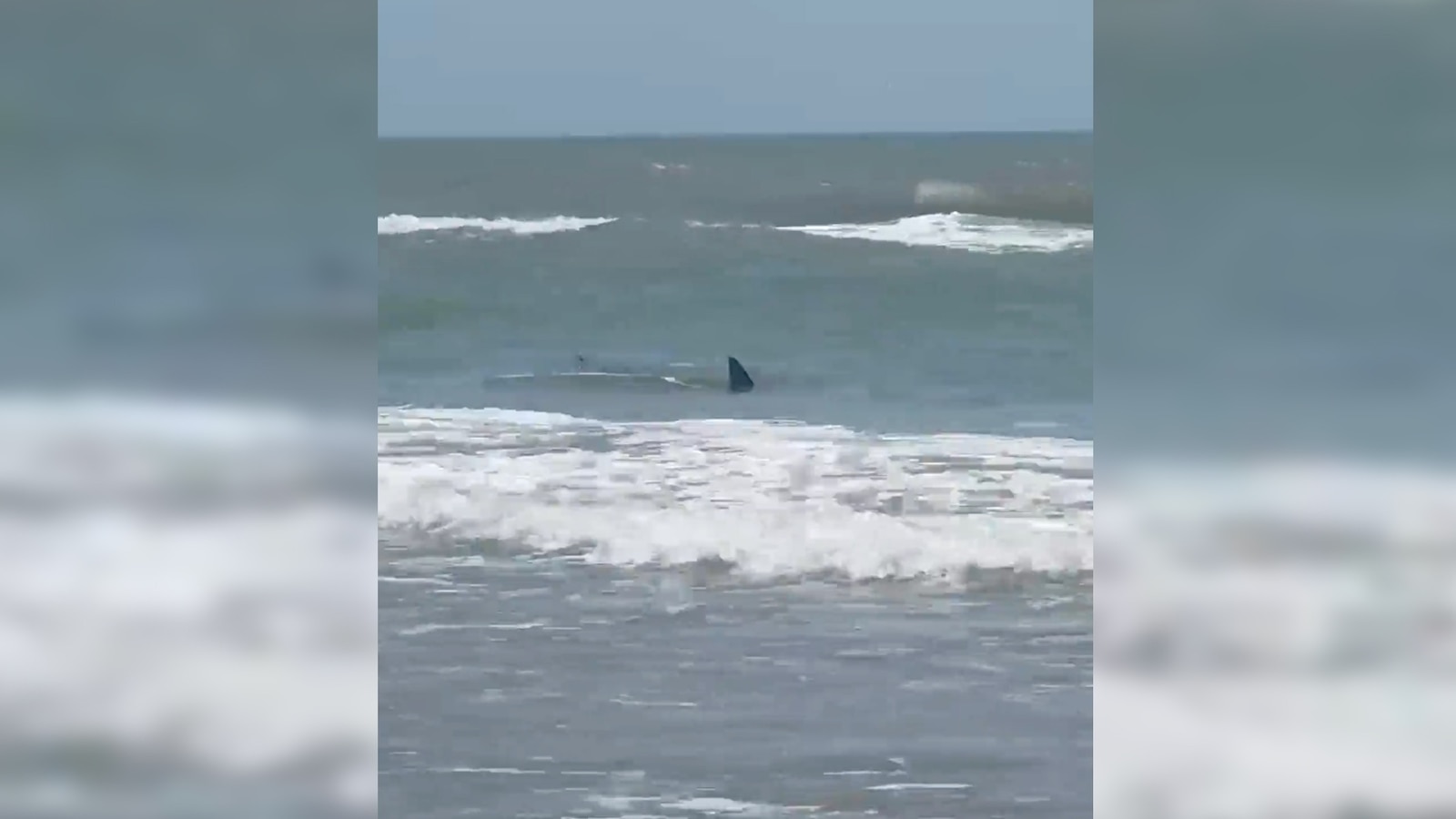Shark Bite Incidents in Texas
Texas shark bite – Texas has experienced several notable shark bite incidents throughout its history. These incidents have occurred in various coastal areas, resulting in injuries ranging from minor lacerations to more severe attacks.
After a distressing shark bite incident off the Texas coast, many are wondering when Hurricane Beryl is supposed to hit Texas. For the latest updates on the hurricane’s path and potential impact, visit when is hurricane beryl supposed to hit texas.
Stay informed and take necessary precautions to ensure safety during this time.
The following table provides a chronological list of notable shark bite incidents that have occurred in Texas:
| Incident Number | Date | Location | Severity |
|---|---|---|---|
| 1 | July 4, 1937 | Galveston Beach | Minor lacerations |
| 2 | August 15, 1959 | Padre Island National Seashore | Fatal |
| 3 | June 26, 1963 | Corpus Christi Bay | Minor lacerations |
| 4 | July 14, 1971 | Port Aransas | Severe lacerations |
| 5 | June 24, 1994 | South Padre Island | Fatal |
These incidents highlight the potential risks associated with swimming in coastal waters, particularly during the summer months when shark activity is typically higher.
Shark Species Involved in Texas Bites: Texas Shark Bite

Texas waters are home to various shark species, some of which are known to have been involved in bite incidents. These species exhibit distinct physical characteristics, behaviors, and habitat preferences, influencing their likelihood of encountering humans.
Shark Species Responsible for Bites in Texas
The following table provides an overview of the shark species commonly associated with bites in Texas waters, along with their scientific names, physical descriptions, and typical habitats:
| Species Name | Scientific Name | Physical Description | Habitat |
|---|---|---|---|
| Blacktip Shark | Carcharhinus limbatus | Slender body with a black-tipped dorsal fin; can grow up to 8 feet in length. | Coastal waters, estuaries, and bays |
| Bull Shark | Carcharhinus leucas | Stocky body with a blunt snout; can grow up to 11 feet in length. | Coastal waters, estuaries, rivers, and lakes |
| Lemon Shark | Negaprion brevirostris | Yellowish-brown body with a rounded snout; can grow up to 10 feet in length. | Coastal waters, estuaries, and bays |
| Nurse Shark | Ginglymostoma cirratum | Broad, flattened head with barbels around the mouth; can grow up to 14 feet in length. | Coral reefs, rocky bottoms, and seagrass beds |
| Tiger Shark | Galeocerdo cuvier | Large, robust body with vertical stripes; can grow up to 18 feet in length. | Coastal waters, open ocean, and estuaries |
Prevention and Safety Measures

Minimizing the risk of shark bites in Texas involves adhering to specific safety measures. These precautions are crucial for beachgoers, swimmers, and surfers to ensure their safety in coastal waters.
To enhance safety, individuals should consider the following recommendations:
Avoid Swimming During Certain Hours
- Dusk and dawn are periods when sharks are more active and closer to shore.
- Swimming during these times increases the likelihood of encountering sharks.
- Avoid swimming at dusk and dawn to minimize the risk of bites.
Stay Away from Known Shark Activity Areas
- Sharks are known to frequent certain areas, such as near jetties, piers, and river mouths.
- These areas provide sharks with food and shelter, making them more likely to be present.
- Stay away from known shark activity areas to reduce the chances of encountering sharks.
Avoid Wearing Shiny Jewelry
- Shiny jewelry, such as watches and bracelets, can reflect light and attract sharks.
- Sharks may mistake these reflections for fish scales, triggering their predatory instincts.
- Avoid wearing shiny jewelry while swimming to minimize the risk of attracting sharks.
Other Safety Measures, Texas shark bite
- Swim in groups, as sharks are less likely to approach a group of people.
- Avoid swimming in murky water, as sharks can easily camouflage themselves in such conditions.
- Do not provoke sharks by touching or feeding them.
- If you encounter a shark, remain calm and leave the water slowly and calmly.
- Educate yourself about shark behavior and local safety regulations.
By following these safety measures, individuals can significantly reduce the risk of shark bites while enjoying the coastal waters of Texas.
The recent shark bite incident in Texas serves as a stark reminder of the dangers lurking beneath the waves. While the waters may seem calm, it’s essential to be aware of potential hazards. As we turn our attention to the impending landfall of Hurricane Beryl in Texas, beryl landfall texas , it’s crucial to remember that coastal areas can be particularly susceptible to both marine and terrestrial threats.
As the storm approaches, let us stay vigilant and take necessary precautions to ensure our safety both in the water and on land.